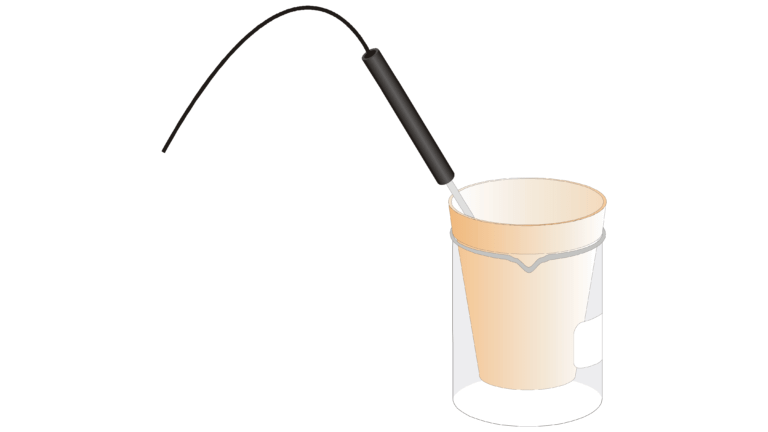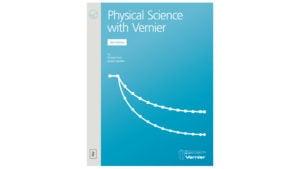
Introduction
Heat can be defined as energy transferred between matter because of differences in temperature. The ability of matter to transfer heat depends on its mass and temperature. A calorimeter is an instrument used to measure changes in heat energy. You can make a simple calorimeter using a Styrofoam cup to contain water, a beaker for more insulation and support, and a Temperature Probe to measure temperatures. The joule (J) is the SI unit for heat energy. An equation that can be used to calculate change in heat energy is
where H = heat absorbed or released (in J), Δt = change in temperature (in °C), m = mass (in g), and Cp = specific heat capacity (4.18 J/g°C for water).
Objectives
In this experiment, you will
- Construct and use a simple calorimeter.
- Measure temperature.
- Mix cold and warm water.
- Determine heat lost by cooling water.
- Determine heat gained by warming water.
- Compare heat lost by cooling water and heat gained by warming water.
Sensors and Equipment
This experiment features the following sensors and equipment. Additional equipment may be required.
Option 1

Ready to Experiment?
Ask an Expert
Get answers to your questions about how to teach this experiment with our support team.
- Call toll-free: 888-837-6437
- Chat with Us
- Email support@vernier.com
Purchase the Lab Book
This experiment is #7 of Physical Science with Vernier. The experiment in the book includes student instructions as well as instructor information for set up, helpful hints, and sample graphs and data.


